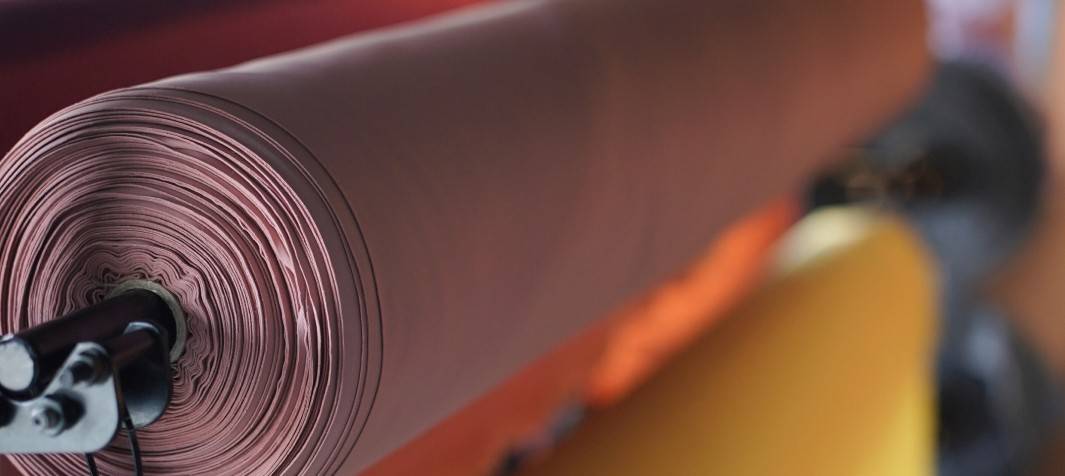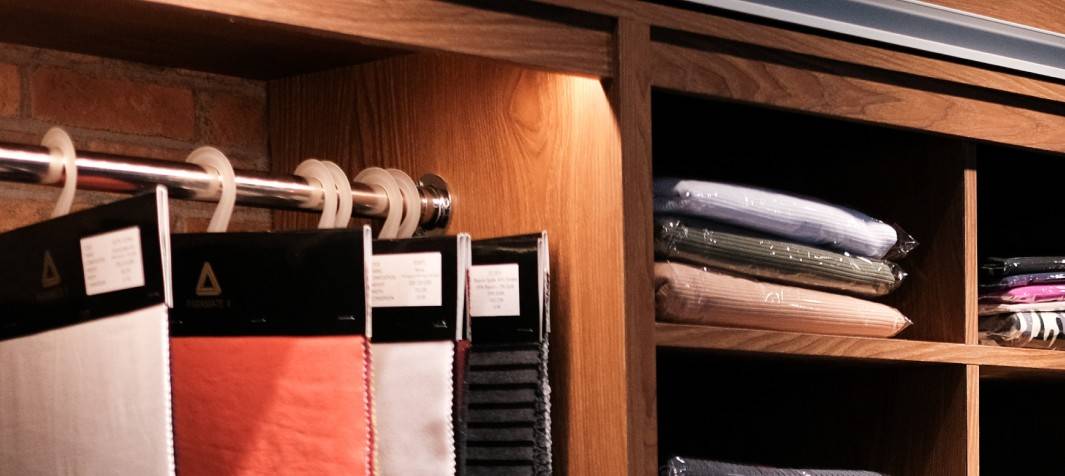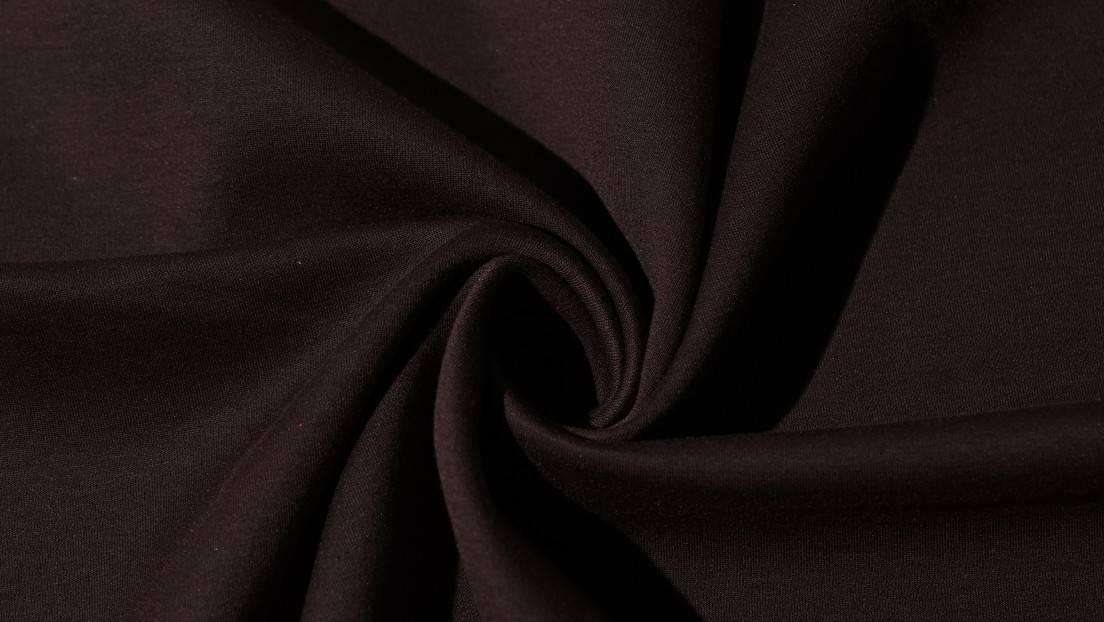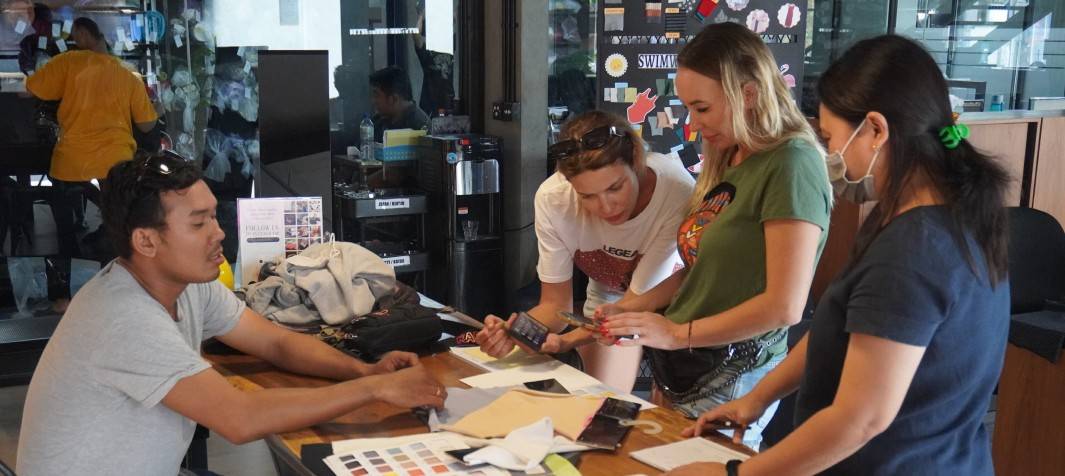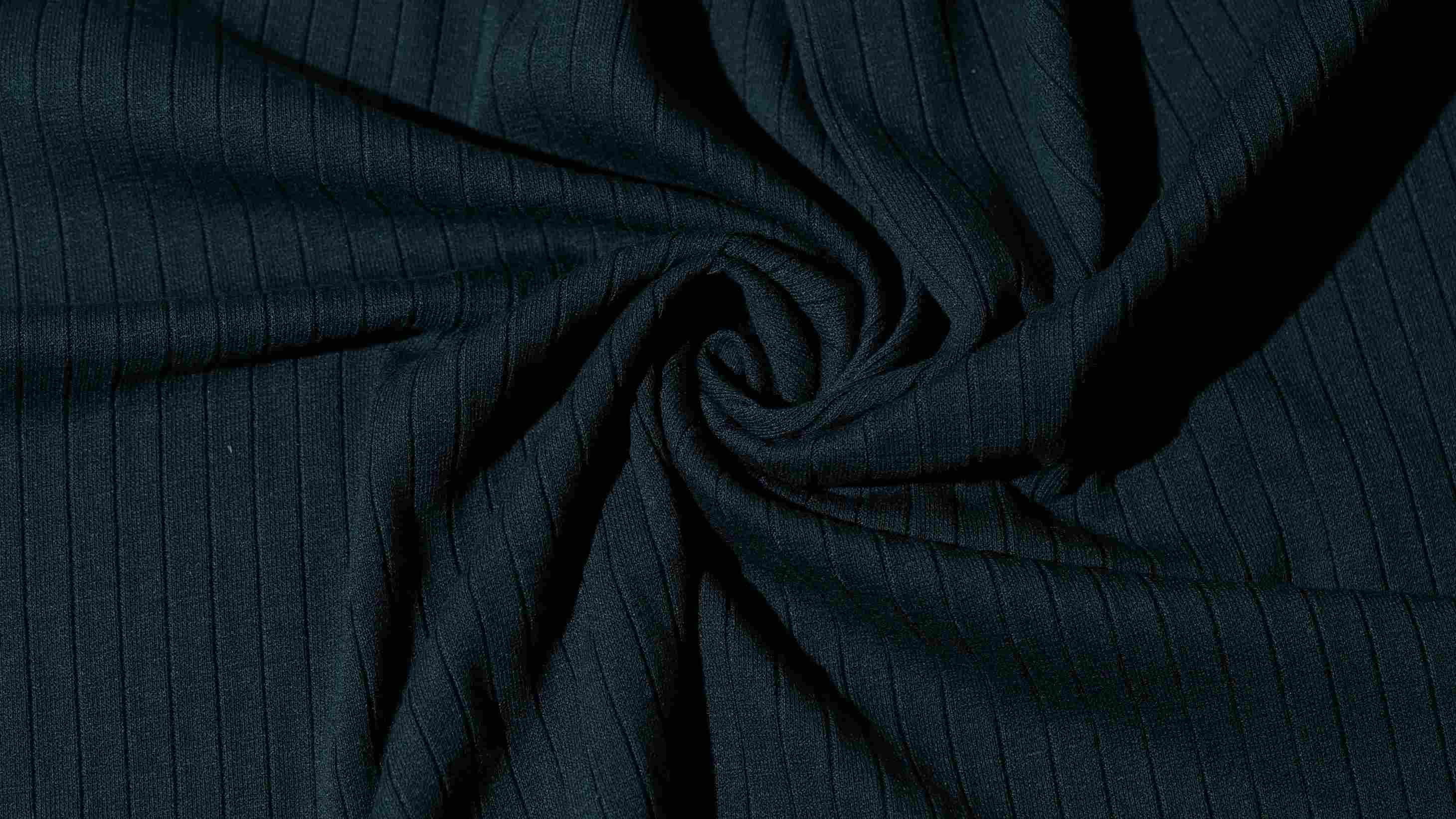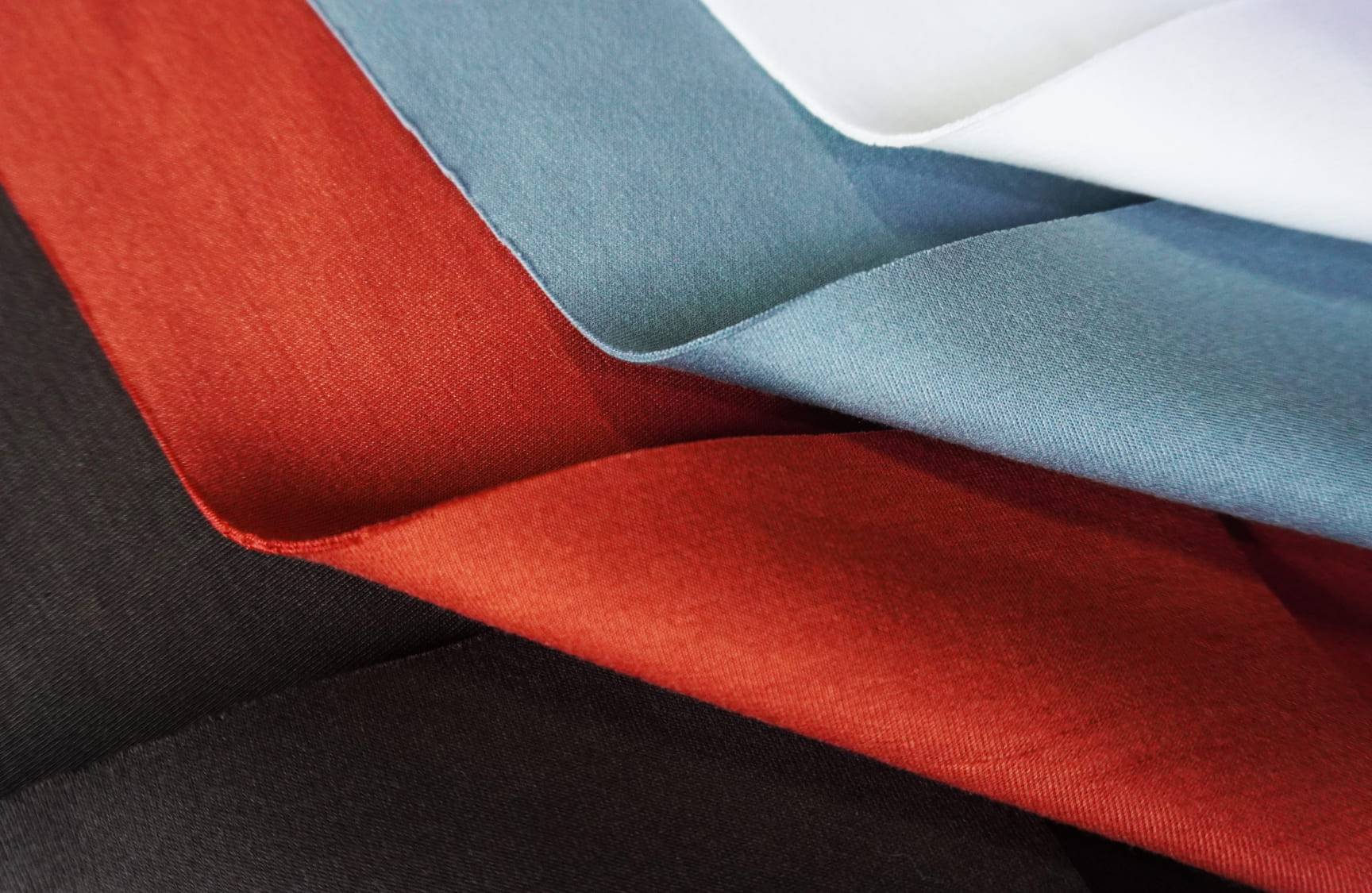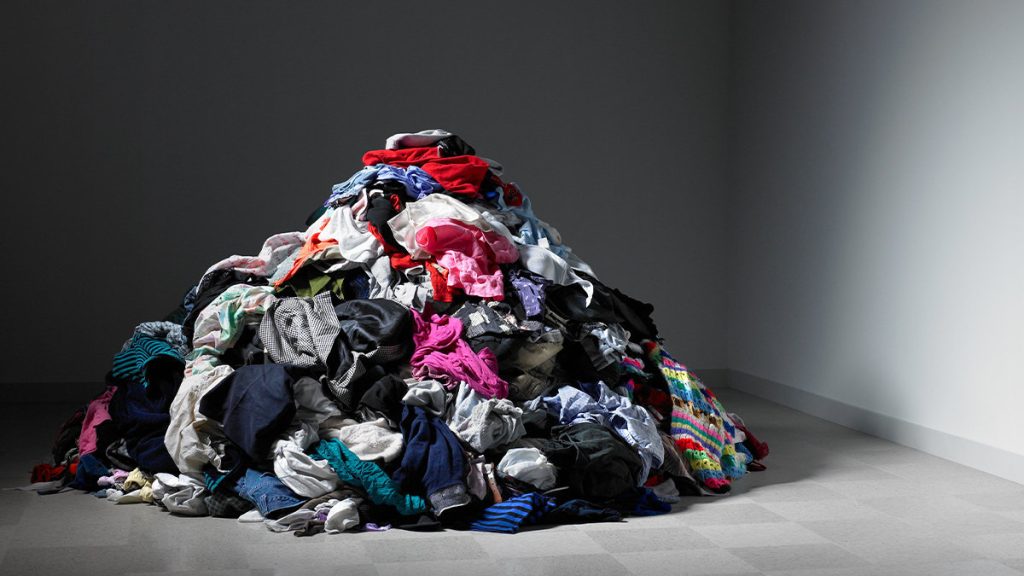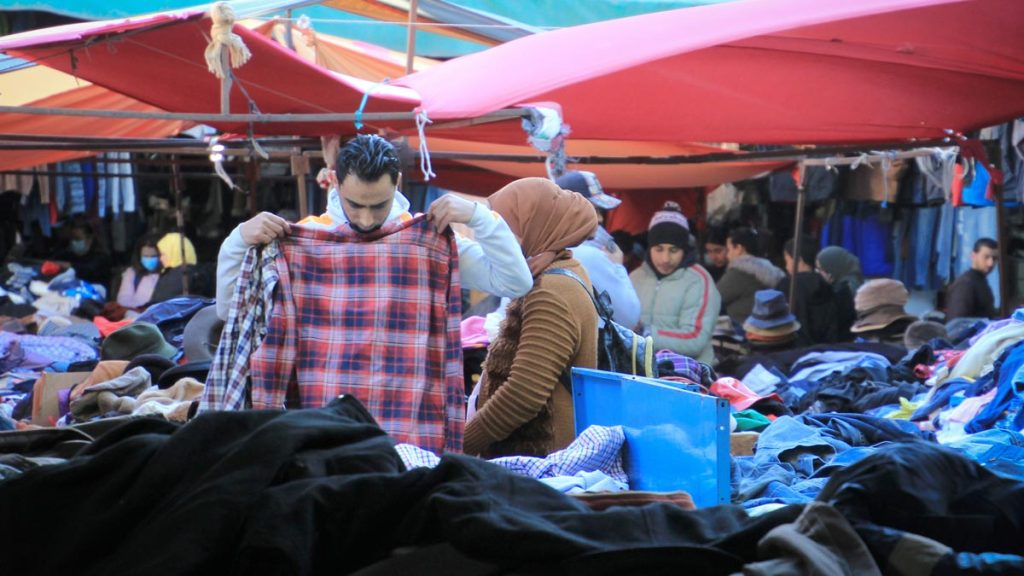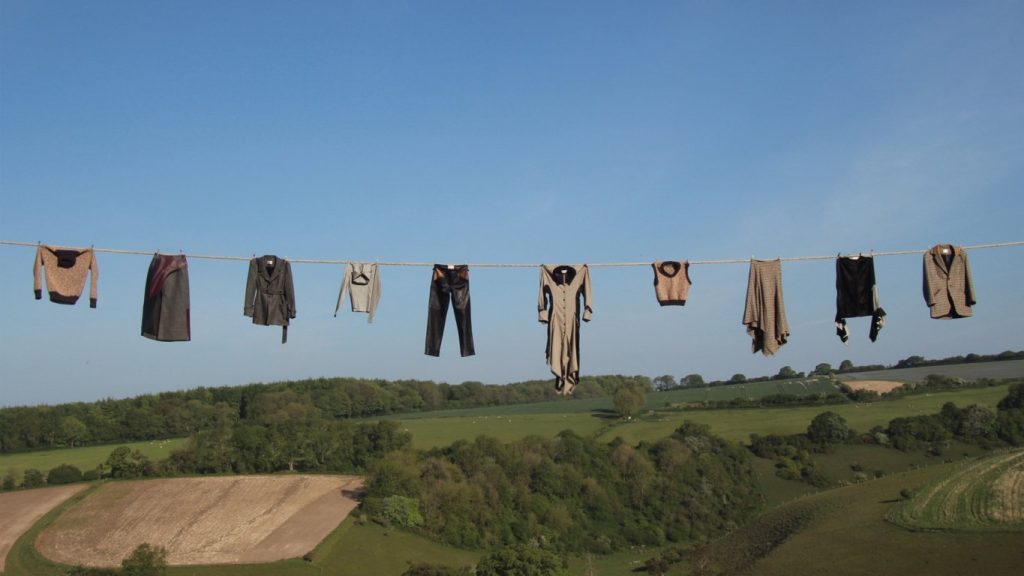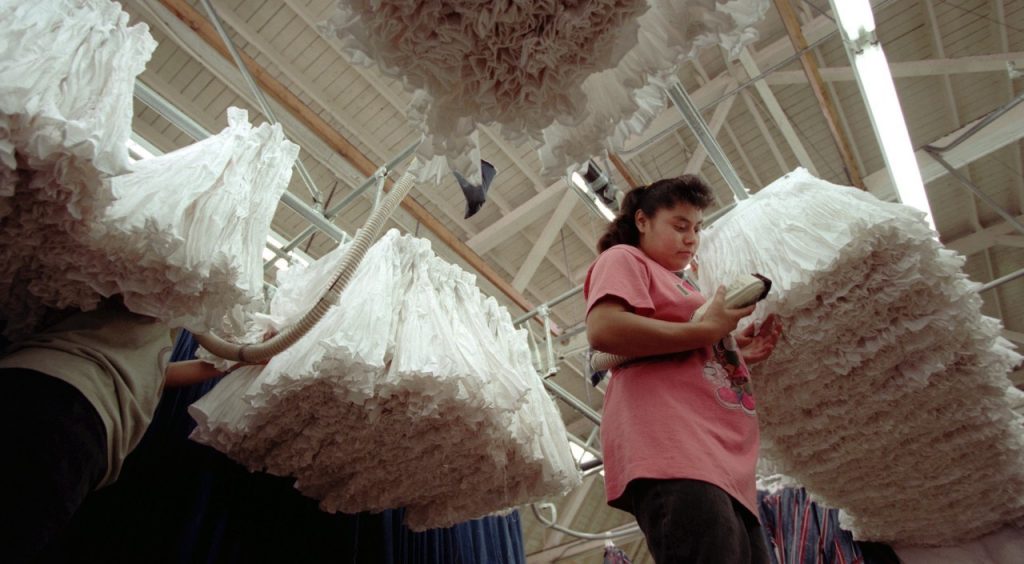With Millions of Tons of Fabric Waste Generated Every Year, Fabric Recycling Offers a Solution
The fashion industry is one of the largest contributors to global waste, with millions of tons of fabric waste generated every year. However, fabric recycling offers a solution to this problem, by converting old clothes and fabrics into new products.
FABRIC RECYCLING TECHNOLOGIES:
– Chemical Recycling
Chemical recycling is a process that uses chemical reactions to break down fabrics into their component fibres or molecules. This can involve using solvents or other chemical agents to dissolve the fabrics and then reform them into new materials. The benefits of chemical recycling include the ability to recycle fabrics that would otherwise be difficult to process, such as blended fabrics or fabrics with embedded electronics. However, there are also challenges associated with chemical recycling, such as the need to handle potentially hazardous chemicals and the prohibitive costs of processing.
– Mechanical Recycling
Mechanical recycling involves using physical processes to break down fabrics into their component fibres. This can include shredding or cutting the fabrics into small pieces and then using them to create new fabrics or products. The benefits of mechanical recycling include the ability to process large volumes of fabrics quickly and at a low cost. However, there are also challenges associated with mechanical recycling, such as the need for high-quality inputs and the potential for damage to the fibres during processing.
– Upcycling
Is a process that involves using old fabrics to create new products with a higher value than the original. This can include repurposing fabrics into new clothing or accessories or using them to create high-end home goods or art. The benefits of upcycling include the ability to create unique and desirable products from materials that would otherwise be discarded. However, there are also challenges associated with upcycling, such as the need for skilled artisans and the potential for low scalability.
CHALLENGES OF FABRIC RECYCLING:
– Consumer Behaviour
One of the biggest challenges facing fabric recycling is consumer behaviour. Many people are unaware of the environmental impact of fabric waste or do not know how to properly dispose of their old clothes. Additionally, fast fashion and the desire for new clothing trends have led to a culture of disposable fashion, where clothes are worn only a few times before being discarded.
To address this challenge, there is a need for education campaigns that raise awareness about the environmental impact of fabric waste and encourage consumers to recycle their old clothes. This can include partnering with retailers to provide recycling bins and incentivise recycling or working with influencers to promote sustainable fashion.
– Infrastructure
Another challenge facing fabric recycling is the need for better infrastructure. Currently, there are limited facilities and technologies for fabric recycling, which can make it difficult to process large volumes of fabric waste. Additionally, there is a lack of investment in the infrastructure needed for fabric recycling, which can hinder the growth of the sector.
To address this challenge, there is a need for increased investment in the development of modern technologies and the expansion of existing facilities. This can include government funding for research and development, as well as private investment in new startups and companies focused on fabric recycling.
– Regulation
The role of regulation is also critical to promoting fabric recycling. Currently, there are limited regulations in place to incentivise or mandate fabric recycling, which can limit the growth of the sector. However, there are examples of successful fabric recycling regulations, such as the European Union’s Waste Framework Directive, which sets targets for fabric recycling and requires member states to implement waste prevention measures.
To address this challenge, there is a need for policymakers to implement regulations that promote fabric recycling, such as tax incentives for fabric recycling companies or mandatory recycling programs for consumers.
Ready To Better the Fashion Scene?
In conclusion, if you are ready to act and make a positive impact on the fashion industry in a sustainable way, Paramatex is here to help. Our range of sustainable and recycled fabrics is just what you need to get started on your journey towards a greener future for fashion. Join us in this movement and let us make a difference together!
Just check the FABRIC CATALOGUE on this website to see the various types of recycled and environmentally friendly fabrics available at the Paramatex Fabric Shop.
